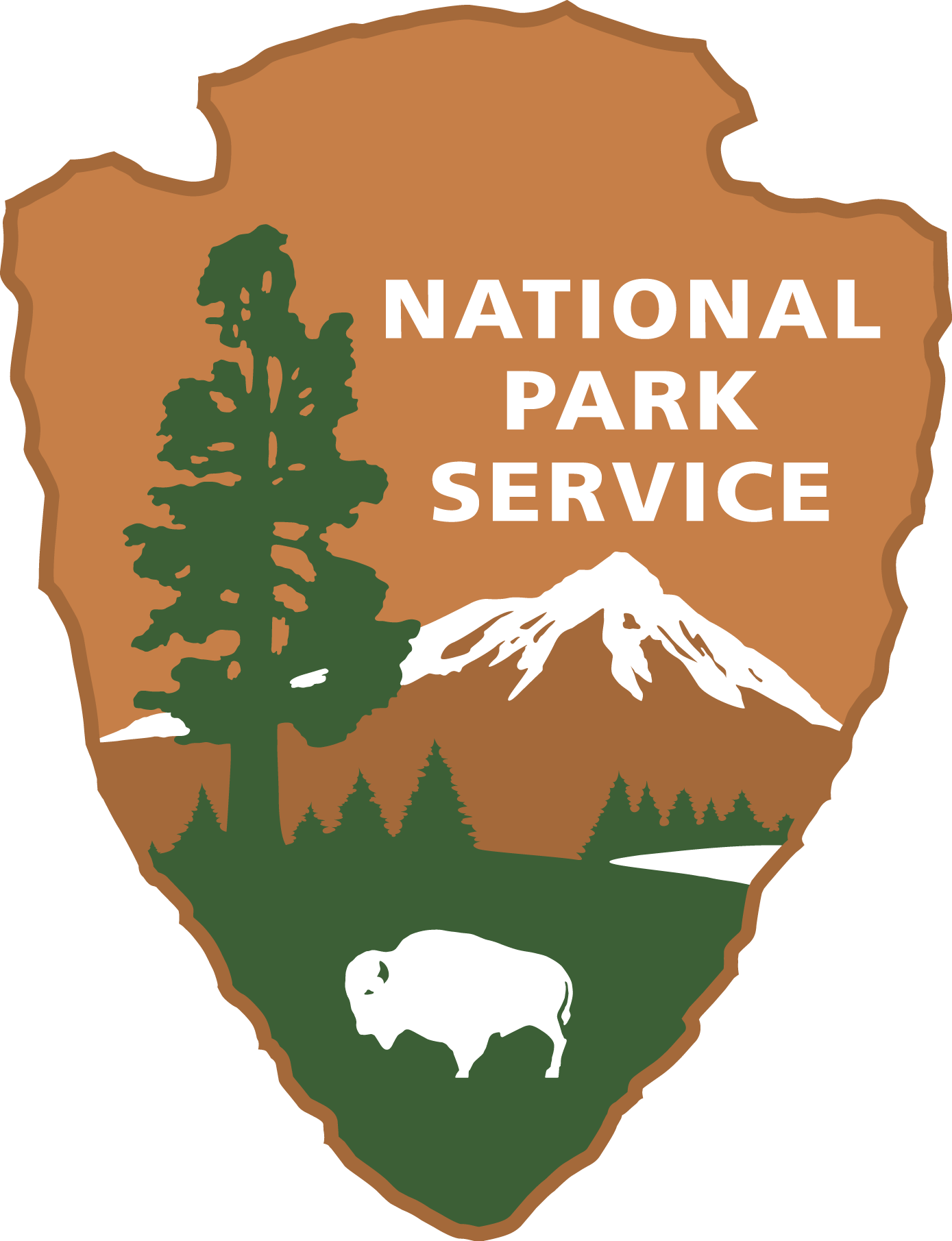Web Map Data and Cartography
Park Tiles is the data and cartography system for National Park Service web maps. We compile data from a variety of sources into our database and publish the data to vector tiles that display in the browser. We then apply cartographic styling rules to that data to produce a suite of basemaps designed to fit the graphic identity of the NPS. These basemaps form the basis of the web maps we produce for nps.gov.
The diagram below provides a highly simplified overview of the Park Tiles data and cartography system.
Data
The Park Tiles system uses NPS-sourced data for NPS owned and operated areas wherever possible—primarily roads, trails, buildings, parking areas, points of interest, and park boundaries. The NPS data we use comes from enterprise GIS datasets, which are maintained by GIS data stewards across the agency. The Park Tiles team also develops custom data to complement enterprise data and/or to fulfill specific cartographic needs.
Enterprise GIS road, trail, parking, and building data in Grand Canyon National Park
Creating a complete map requires data layers beyond those found in the NPS enterprise datasets. We make use of data maintained by our federal partners at the USGS and the US Census to label natural features and draw additional roads, rivers, lakes, and other data. We maintain automated processes to periodically access data from publicly-accessible service endpoints and store it in our database for further processing.
Lakes, streams, and wetlands from the USGS National Hydrography Dataset in Congaree National Park
OpenStreetMap (OSM) data provide contextual streets, labels, coastlines, buildings, and other features outside park boundaries. Learn more about OSM. At this time, we use OSM data that has been pre-processed for use in web maps by Mapbox, as part of their Atlas service. Terrain data, in the form of hill shade polygons and contour lines, also come from Mapbox Atlas.
Detailed and comprehensive OpenStreetMap data for lower Manhattan adjacent to Castle Clinton National Monument
Contour lines and hill shade data from Mapbox in Canyonlands National Park
Cartography
Park Tiles adheres to the graphic identity of the NPS. Put another way, Park Tiles shares a set of graphic styles and conventions that help to link it to other NPS visual materials, thereby creating a consistent and reliable experience for park visitors. Since the beginning of the Park Tiles project, we’ve looked to the iconic NPS print brochure maps produced at the Harpers Ferry Center to guide our efforts and consulted with their cartographers, while also making the optimizations necessary for digital display.
Park visitors are our primary audience, and this focus guides our design decisions. Priority is placed on labeling NPS units and key areas/districts of parks. We place visual emphasis on the trails visitors will use for hiking, and the roads they will use to access trailheads. Park boundaries clearly differentiate park lands from non-park lands, and show privately held lands found within park boundaries that visitors should avoid entering. Our basemaps are also frequently used in conjunction with thematic overlays, so they must be sufficiently neutral to accommodate a wide range overlay styles.
We support four variations of Park Tiles basemaps. Standard is our most commonly used basemap and can be found in the NPS mobile app in addition to many maps across nps.gov. Aerial integrates an aerial imagery underlay and adjusts the styling of other map elements to accommodate it. Slate provides a dark grey look that allows data overlays to stand out from the background, and also best accommodates low-vision users who invert the color settings in their browser. Light is another choice for contextualizing data overlays.
Click here to view a detailed legend of Park Tiles basemap symbols
Our most commonly-viewed overlay is the interactive points of interest layer found on many maps on nps.gov. We use the same pictographic map symbols found on NPS print brochure maps, with slight modifications to optimize them for display on screens.
Reporting errors
Members of the public can report Park Tiles can report errors and user feedback via the NPS Contact Us page. NPS staff can submit a help desk ticket via NPS Digital Support (NPS-only).
